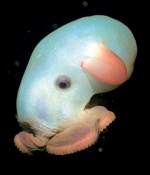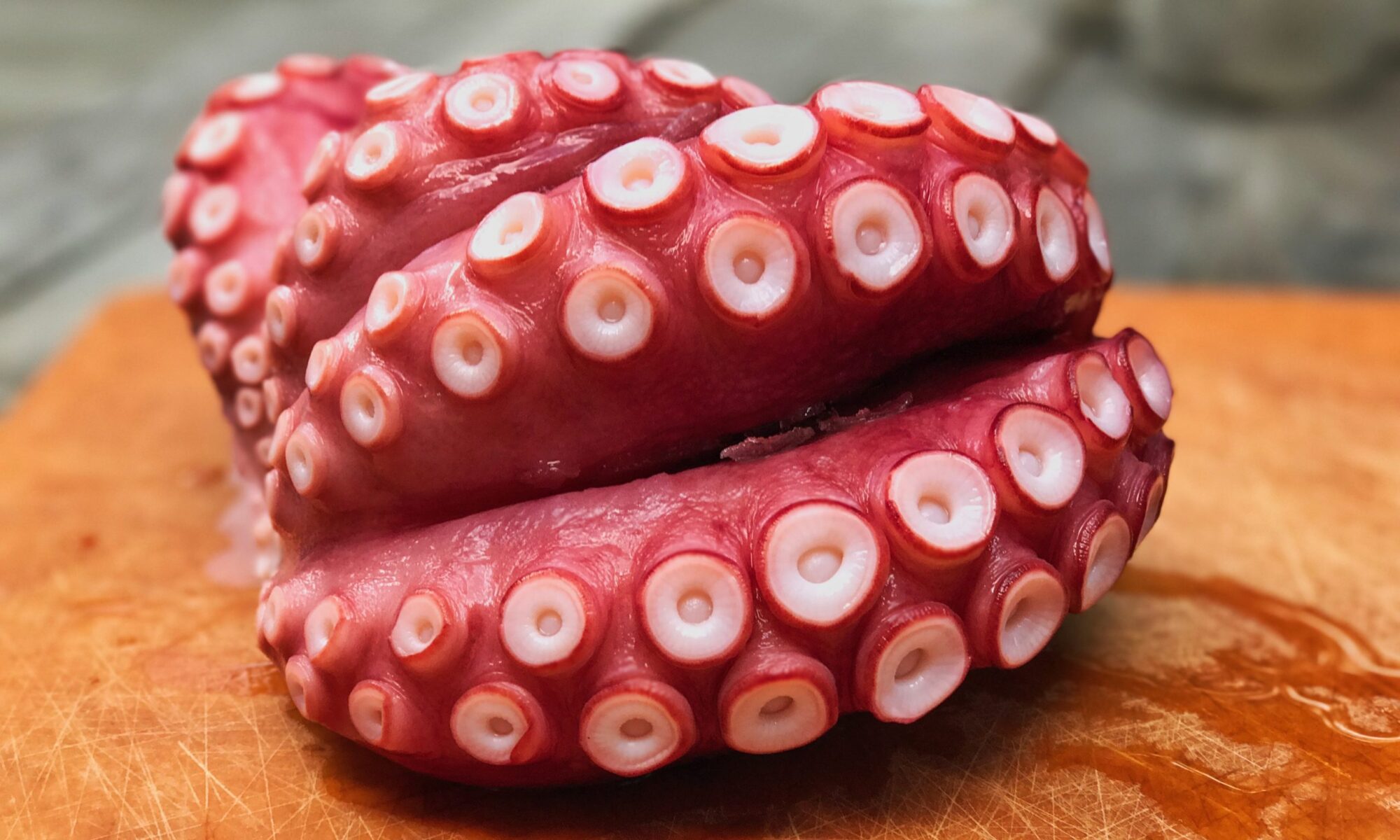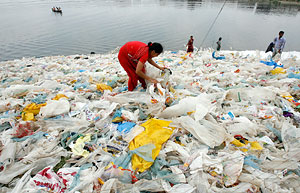 Think you’ve seen all the fascinating pictures of trippy creatures living at the bottom of the ocean there are to see? The current issue of Smithsonian Magazine has an amazing photo spread full of truly mind-blowing photos of the gelatinous dwellers of the deep. The article is actually a review of a coffee-table book titled The Deep, comprised of more than 160 photos taken by bathyscaphe researchers from around the world. Most are proof of just how “head-shakingly bizarre life can be. The scientists who discovered the creatures were apparently as amused as we are, giving them names such as gulper eel, droopy sea pen, squarenose helmetfish, ping-pong tree sponge, Gorgon’s head and googly-eyed glass squid.”
Think you’ve seen all the fascinating pictures of trippy creatures living at the bottom of the ocean there are to see? The current issue of Smithsonian Magazine has an amazing photo spread full of truly mind-blowing photos of the gelatinous dwellers of the deep. The article is actually a review of a coffee-table book titled The Deep, comprised of more than 160 photos taken by bathyscaphe researchers from around the world. Most are proof of just how “head-shakingly bizarre life can be. The scientists who discovered the creatures were apparently as amused as we are, giving them names such as gulper eel, droopy sea pen, squarenose helmetfish, ping-pong tree sponge, Gorgon’s head and googly-eyed glass squid.”
I love this shot of Grimpoteuthis, a type of Dumbo octopus that grows up to 5 feet in length and looks for all the world like a Robert Crumb drawing of an alien jelly wearing a pair of hiking boots suitable for trekking the Marianis Trench.
The deep sea is the largest ecosystem on earth, plunging to more than 37,000 feet below sea level at the Marianas Trench in the Pacific. It accounts for 85 percent of the space where life can exist and holds an estimated ten million or more species. “But we’re still trying to figure out what’s out there,” says marine scientist Nancy Knowlton of the Smithsonian’s National Museum of Natural History.
Unfortunately, the web version of the piece has different – and less amazing – examples than the print version, and it’s tricky to find the slideshow (click the small round dots after clicking the main image). Pick up the dead tree version next time you’re waiting at the dentist’s office.

 Once upon a time, the “Paper or plastic?” question seemed like it could go either way. Choose plastic and you’re choosing something that may be stuck in landfills for hundreds of years. Choose paper and you’re sacrificing trees (“it takes 14 million trees to produce the 10 billion paper grocery bags used every year by Americans”). But it’s way more complicated than that. From an
Once upon a time, the “Paper or plastic?” question seemed like it could go either way. Choose plastic and you’re choosing something that may be stuck in landfills for hundreds of years. Choose paper and you’re sacrificing trees (“it takes 14 million trees to produce the 10 billion paper grocery bags used every year by Americans”). But it’s way more complicated than that. From an